The First Lightsaber Was Not As Elegant As Obi-Wan Would Have You Believe
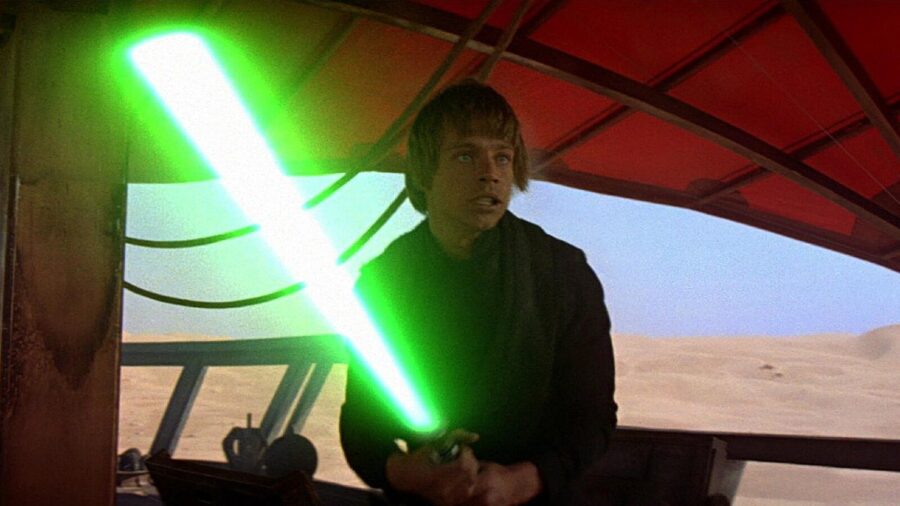
There is no weapon in Star Wars more iconic than the lightsaber: as Obi-Wan Kenobi tells us, it’s “not as clumsy or as random as a blaster” and is “an elegant weapon for a more civilized age.” In real life, the first lightsaber wasn’t nearly as elegant as the Jedi Master describes. Legendary Korean animator Nelson Shin was originally tasked with showing Lucasfilm how to animate a lightsaber onscreen, and he showed the team how to use an X-Acto knife to bring this epic weapon to life.
An Animation Veteran
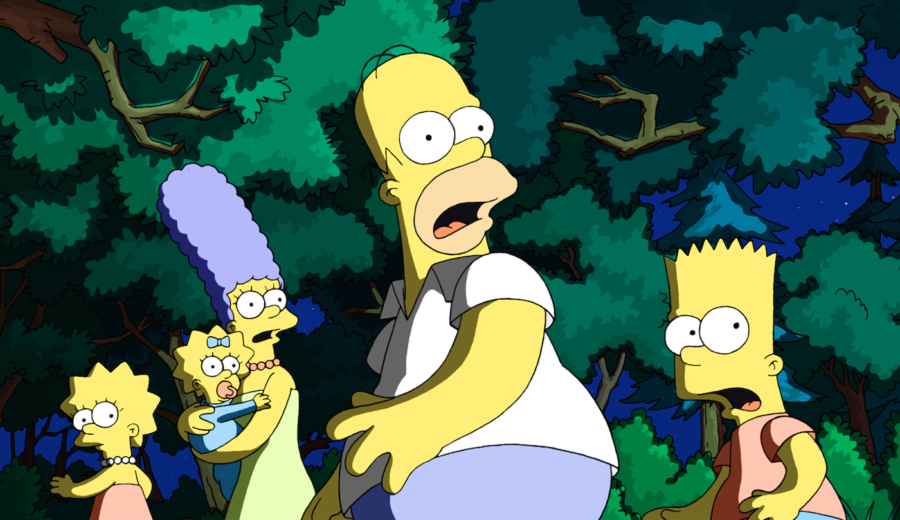
To understand Shin’s contributions to animating the first lightsaber, we must first focus a bit on his history. He’s not exactly a household name, but his animation studio has worked on some of the best shows in animation history, including The Simpsons, Batman: The Animated Series, and X-Men: The Animated Series (the story of which now continues in X-Men ‘97). For fans of robots in disguise, Shin will always be most famous for his work on the G1 Transformers cartoon and his direction of the 1986 film The Transformers: The Movie.
Animating The Lightsaber
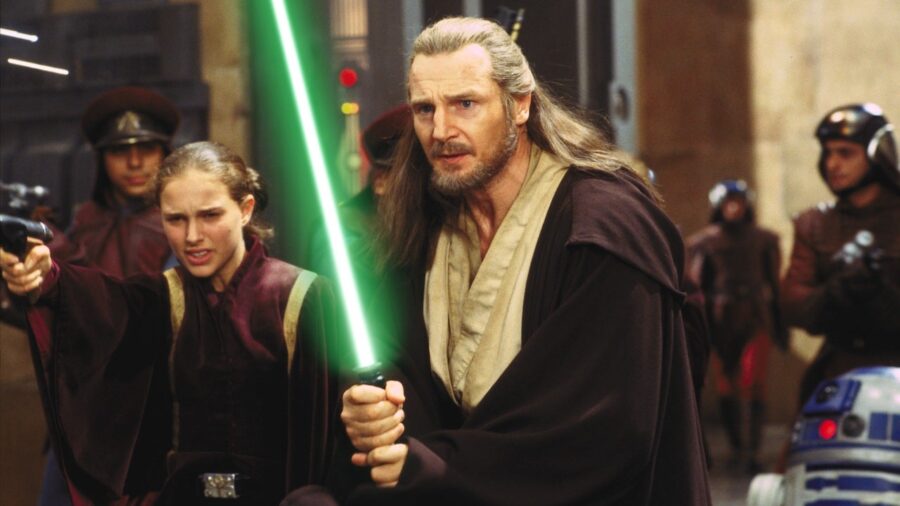
During the production of the first Star Wars film, Shin didn’t have to handle the physical construction of the lightsaber hilt. Lucasfilm had already done that, and Luke Skywalker’s blade (the first lightsaber we see onscreen) was made of a Graflex camera side-attach flash, with a grip made of plastic from sliding glass cabinet windows (no, really), with a D-ring on the bottom so it could be easily hooked to a belt. Arguably, constructing the physical hilt was the easy part, and Shin had the much more difficult task of figuring out how to animate the lightsaber blade onscreen.
Shin Had A Lot Of Great Ideas
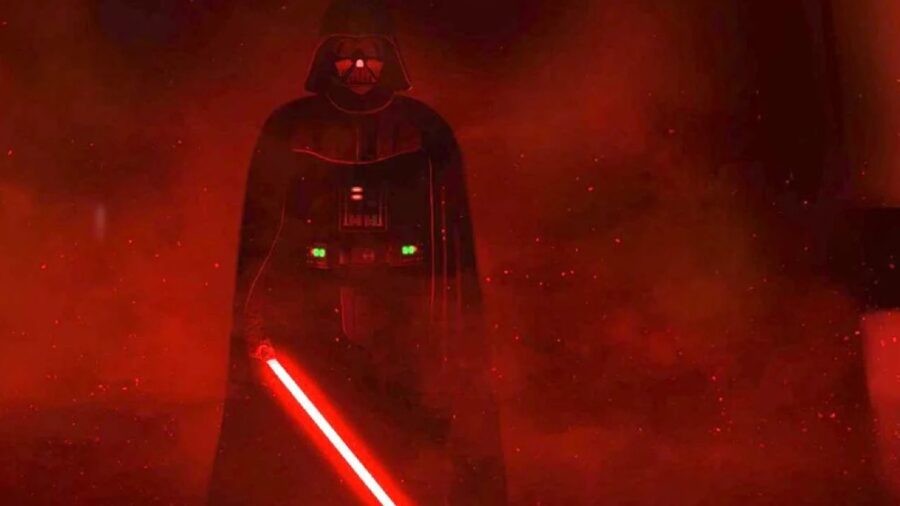
To bring that first lightsaber animation to life, Nelson Shin used a rotoscope technique to superimpose his new footage on top of the existing hilt. He made some major aesthetic suggestions to Lucasfilm, including making the animation look slightly shaky because he felt an actual light weapon should look a bit like a fluorescent tube. The animator also recommended making one frame of animation lighter than the others to make the blade appear to vibrate and adding a degausser sound effect when the blade moves because its noise should be reminiscent of a magnetic field.
Using Crude Tools To Make The Elegant Weapon
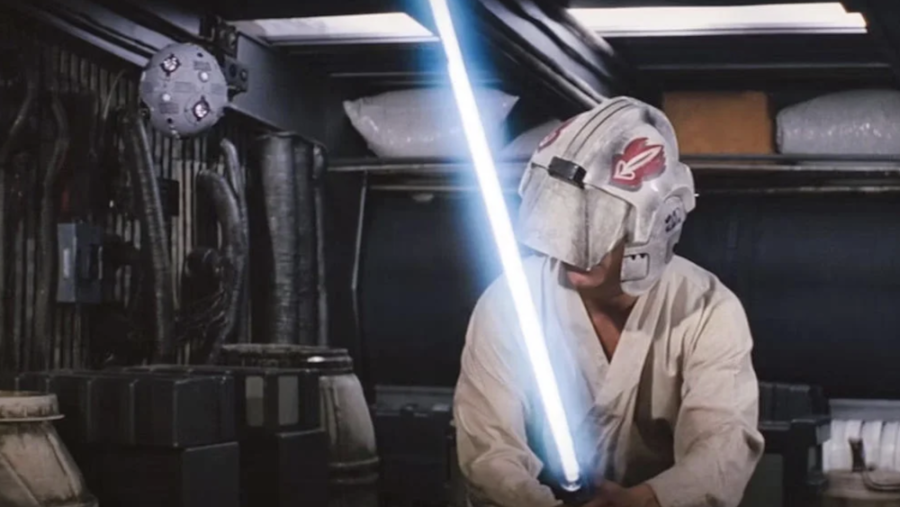
George Lucas and his team were willing to give Shin one month to figure all of this out, and they were pleasantly surprised when he completed everything within only a week. The team took all of his suggestions to heart in creating the lightsaber effect we know and love. When they showed the final product to Shin, it was his turn to be pleasantly surprised: the team had taken his suggestion to use an X-Acto knife as a tool in order to give this light blade the extremely sharp look it deserved.
Shin Passed On Doing More Star Wars Work
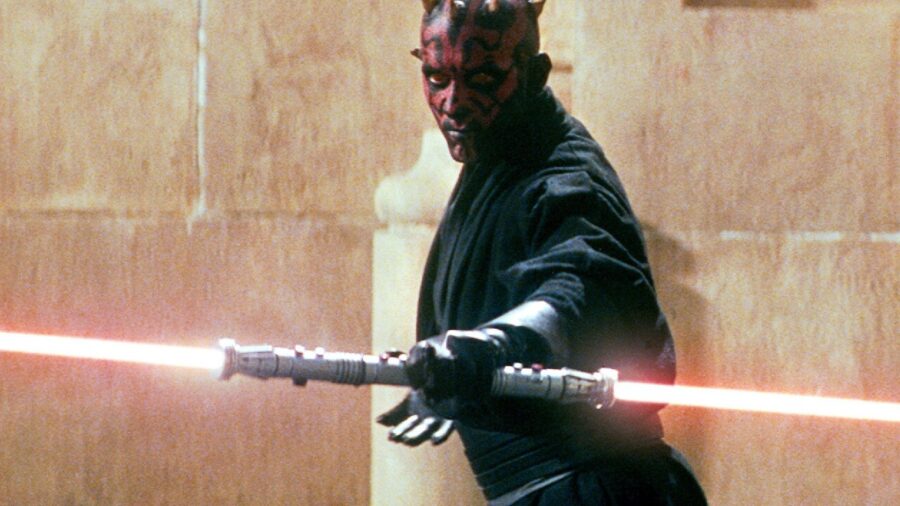
Lucasfilm was so impressed with Nelson Shin’s work on the first lightsaber that they tried to recruit him for full-time work on several occasions. However, like many people, Shin underestimated how much of a cultural phenomenon Star Wars would become, and he refused so that he could focus more on his career in traditional animation. Selfishly, that worked out for geeks everywhere: had Shin focused his talents on Star Wars in those early days, the cartoons his studio would later work on would have been much, much worse.
No One Built The Death Star Alone
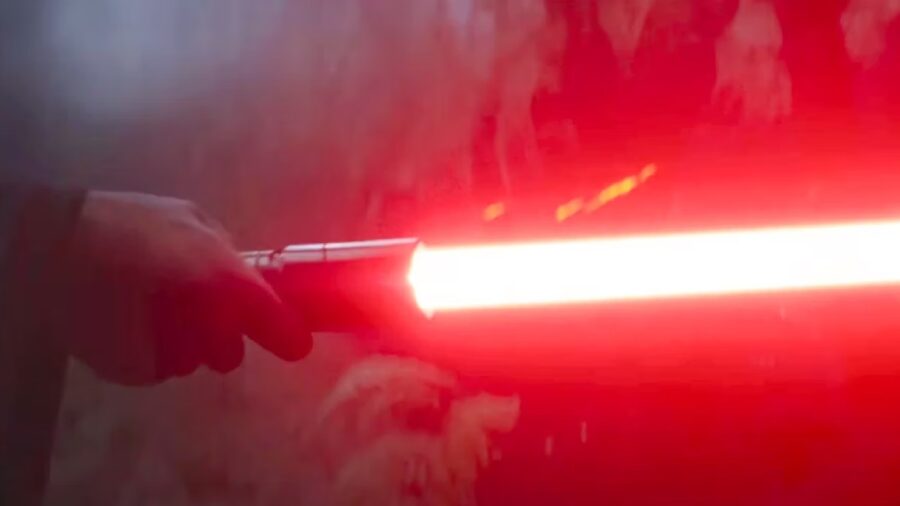
Shin’s story helps highlight what a collaborative effort that first Star Wars film really was, but the tale also underscores that the real first lightsaber wasn’t as elegant as Obi-Wan claimed. The final look of the most iconic weapon in franchise history largely owes its aesthetic to the humble X-Acto knife. Thanks to one legendary animator and one simple blade, science fiction would never again be the same.












